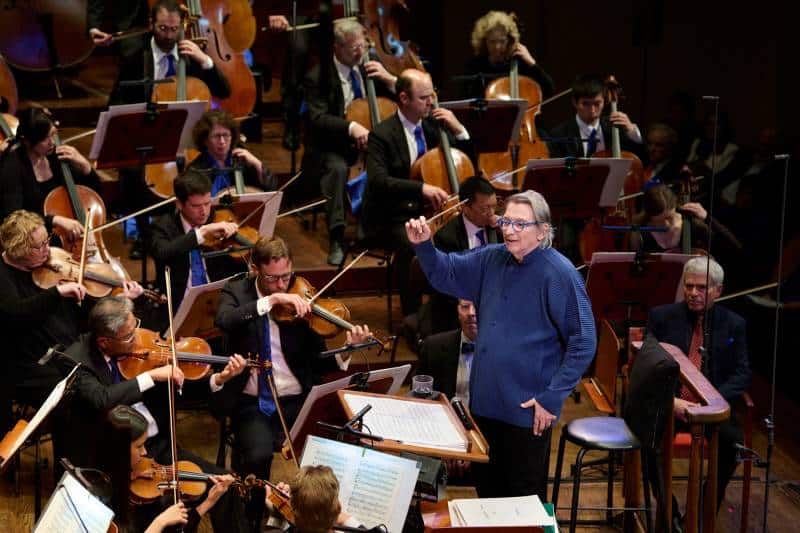Music from Bauhaus to our house
mainFrom the Lebrecht Album of the Week:
…. There are 27 tracks on this album and not one of them is dull.
Read on here
And here.


From the Lebrecht Album of the Week:
…. There are 27 tracks on this album and not one of them is dull.
Read on here
And here.

The Southwest Florida Symphony has announced closure. FORT…

The conductor, who is suffering from the recurrence…

A GoFundMe has been raised in memory of…

The latest gimmickry at London’s South Bank Centre…

Session expired
Please log in again. The login page will open in a new tab. After logging in you can close it and return to this page.
Comments